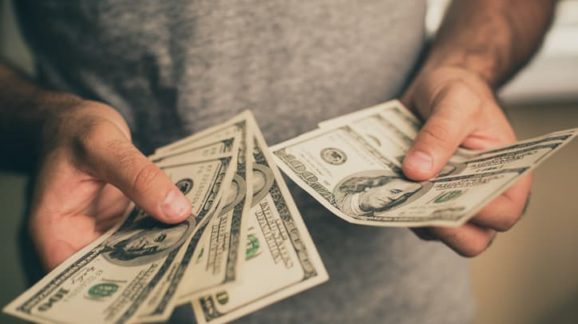A National Interest Rate Cap Has No Place in the Next Coronavirus Relief Package

 As the economic fallout from the COVID-19 pandemic continues to wreak havoc, it’s crucial that struggling Americans have access to affordable short-term credit. While bank loans and credit cards may offer financial relief to some, it’s more important than ever that the millions of underbanked and unbanked consumers in this country have the option to take out small-dollar loans, including payday loans. In fact, a number of states with mandatory stay-at-home orders have deemed these lenders so vital to the economy that they’ve been declared essential businesses.
As the economic fallout from the COVID-19 pandemic continues to wreak havoc, it’s crucial that struggling Americans have access to affordable short-term credit. While bank loans and credit cards may offer financial relief to some, it’s more important than ever that the millions of underbanked and unbanked consumers in this country have the option to take out small-dollar loans, including payday loans. In fact, a number of states with mandatory stay-at-home orders have deemed these lenders so vital to the economy that they’ve been declared essential businesses.
It’s for these reasons that Congress should reject calls from Americans for Financial Reform (AFR) and other special interest groups to include a nationwide interest rate cap of 36 percent annual percentage rate (APR) in the next COVID-19 relief package. Setting such an arbitrary limit on interest rates would inevitably put lenders out of business and prevent millions of already struggling Americans from getting credit.
While these so-called consumer groups point to the triple-digit interest rates that payday lenders supposedly charge, they manipulate the figures by failing to distinguish between short-term loans and those that last close to a year.
For instance, a lender that charges $15 interest for a two-week loan of $100 is charging a 15 percent interest rate for the two-week duration of the loan. Yet, multiply that by the 26 two-week periods in a year, and the annual percentage rate suddenly becomes 390 percent, even though nothing about the loan’s features have changed. What payday loan critics leave out of their arguments is that few, if any, borrowers hold these loans for a whole year.
Now, let’s go from multiplication to division to see why a 36 percent annual interest rate would be completely impractical for small-dollar lenders and deny borrowers desperately needed loans. As explained by CEI Senior Fellow John Berlau:
Many states have imposed APR limits of 36 percent or lower. While that may sound high, the key word is annual. Divided into 26 two-week periods, the usual duration for most payday loans, this means that payday lenders could only charge $1.38 on a loan of $100.
These groups also fail to understand that the consumers who opt for payday loans have few, if any, choices. As recently argued Tom Miller and Todd Zywicki of the Cato Institute’s Center of Monetary and Financial Inclusion:
A primary function of credit is to smooth consumption. More than a third of households making under $50,000 experience month‐to‐month spikes and dips in their income. Small‐dollar credit products help them deal with unforeseen expenses. The choice for these consumers is between using small‐dollar credit products and simply going without.
A national interest rate cap has always been likely to hurt low-income borrowers—and this would be especially true during a pandemic and economic crisis where we need a flow of credit, not a credit crunch.
To end, I’d like to restate what I said in March when the same special interest groups tried to pressure lawmakers into including an interest rate cap in the original coronavirus relief package:
A government-imposed interest rate cap would cripple consumer lending and further hurt already struggling Americans. Instead, lawmakers should look at deregulatory actions that would get rid of barriers that stand in the way of consumers and their ability to get access to much-needed, affordable credit.
Related articles and studies:
Congress Should Reject Scheme to Use COVID-19 Stimulus to Impose Interest Rate Cap
Democratic Witnesses Oppose Interest Rate Cap
Interest Rate Caps Harm Financial Inclusion; Bank Partnerships Spread Inclusion Around
The 400 Percent Loan, the $36,000 Hotel Room, and the Unicorn